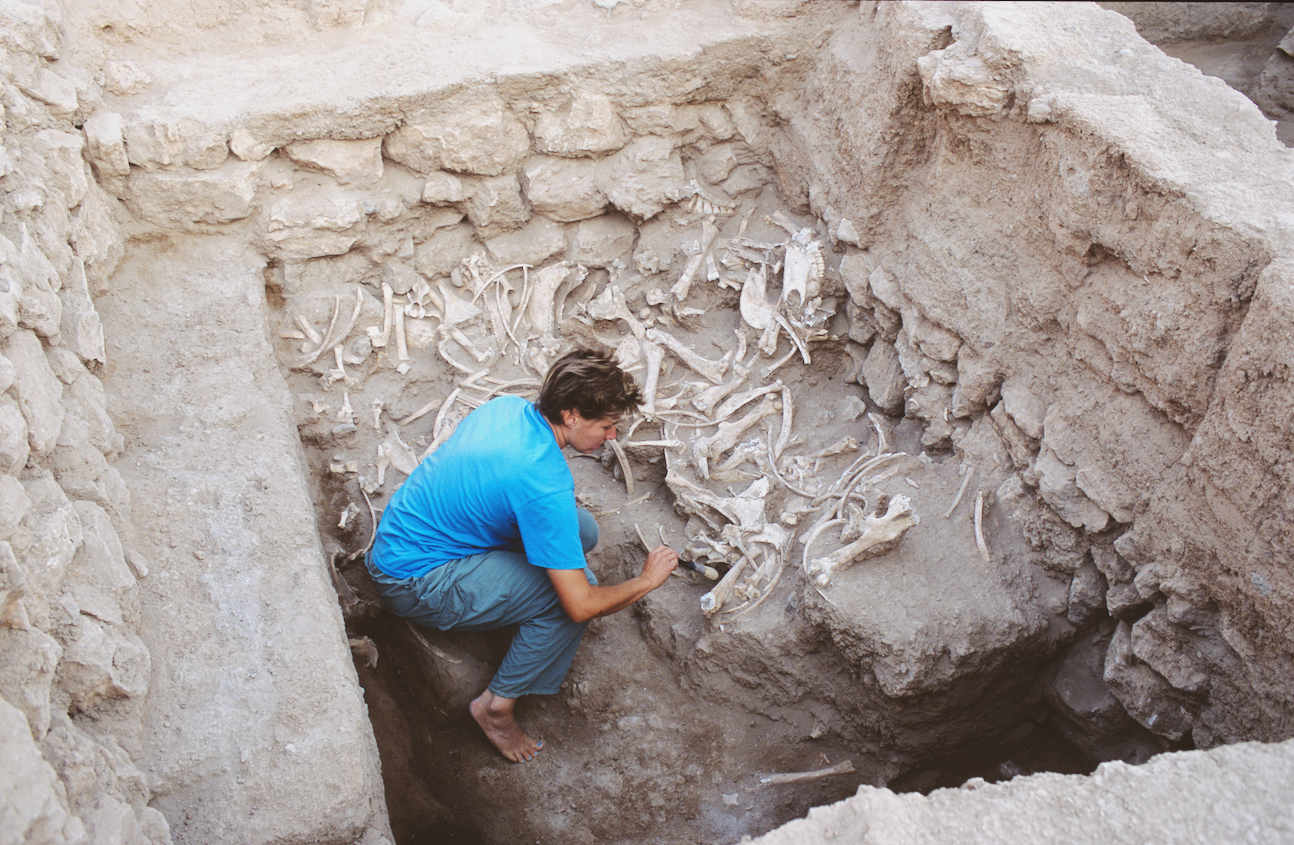September Wine Club – Oktoberfest, horses, and a zither.
September is that strange month in which Munich’s Oktoberfest begins, and in which many Americans celebrate non-eponymously.
History has it that Oktoberfest originated in Munich in October of 1810, as a celebration of a royal wedding. The highlight of the 5-day festival was horse racing – not beer. Horse races as public spectacle are as old as the hills, and chariot racing was part of the early Olympics in the 8th century BC. Earlier still, and before the domesticated horse was widespread, public celebrations in ancient Syria and Iraq in the 3rd and 2nd millennia included acrobats who danced and leapt around a different prestigious equid, the Kunga (an animal whose identification has been my greatest achievement!).
While horse racing is no longer a standard Oktoberfest event, it continued in the Munich wiesn until 1960. Now, the horses are mainly limited to the carousel – which had its debut as a fair ride at the 1818 Oktoberfest.
More than any event with either real or carved horses, though, beer drinking is the main focus in Munich. In 2010, 7.1 million liters of beer were served! While beer is king, other beverages are consumed - including wine; German Reisling is a favorite.
Wine consumption brings us to Austria (home of this month’s wines) and its wiesn, which has an origin in that country’s celebration of “this year’s wine” at Heuriger – replete with wine, food, and folk music. Held roughly the same time as Munich’s more famous fest, Vienna also serves scads of beer. But, the focus is more on traditional- and folk- fun, food, music, and drink. So, local wines have a bigger place here.
Vienna’s festival (the Wiener Wiesn) – the country’s largest – takes place on the Prater, amid its famous amusement park. There were horse races at the Prater at one time, but – as in Bavaria’s fests – the only horses remaining are on carousels. Yet the carousel is not the most famous of the Prater’s rides. That honor goes to another spinning ride – the ferris wheel. The Third Man film raised the profile of the Prater to stardom with its iconic scene set at the Giant Ferris Wheel. The Third Man is considered one of the best movies of all time, and its film score drew strong accolades. Anton Karas is the zither player and composer whose music is featured in the film. He was discovered by the movie’s director in Vienna while he was playing his zither at a Heuriger. After all of his fame, Karas opened his own Heuriger.
This month’s wines (and playlist) will let you recreate your own heuriger or wiesn – the Austrian way. These are traditional grapes from traditional, family-run estates from near Vienna. Pull out your schnitzels, wursts, krauts…
Wines
Ecker Grüner Veltliner
The Ecker family has over 400 years of winemaking experience! The current business is run by the 3rd generation of the family, with 24 hectares of vineyards. These are located just outside of Vienna in the Wagram district of the Niederosterreich region in lower (northern) Austria in which white grapes – and especially gruner veltliner – are paramount. Wagram, on the Danube, has deep loess soils and a Pannonian climate of warm days and cool nights. Together, these traits bring out fruity aromas in sometimes-svelte Grüner Veltliner. This particular bottling is clean, clear, and crisp. The fruity aromas manifest as gruner’s typical citrus, with the addition of some fleshy white fruits. Light aging in wood barrels rounds the mouthfeel.
We are offering this as a whopping 1-liter bottle so you can bring some friends to the party!
Wallner Blaufränkisch
Wait, didn’t we just have a blaufränkisch? Yes, we did. From Slovenia, in June.
While delicious from Slovenia, Austria is the grape’s home. Here, it takes on a rich, brambly fruity quality, sprinkled with fossilized carob. I just made that up – but it does suggest a “minerally cocoa”, I hope.
Wallner is a 5th generation weingut in Sudburgenland, just north of Vienna. Estates in this region are typically small, and Wallner has 8 hectares. The iron-rich soils here are sustainably farmed. This region is fairly cool. The wine is elegant. It has all the forest fruits and gets a little green fig, too. White pepper and a touch of tarragon round it out.
Does your wiesn include sausages? Good, because this will drink beautifully with them.
To read more about the discovery of the Kunga click the above pic of Jill Weber at Installation A.



